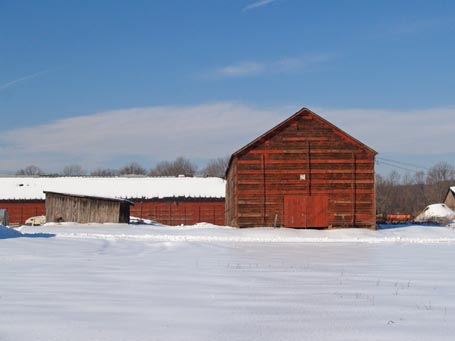 Some twelve years ago when we were new to Marblehead, I strolled Washington Street in Old Town and noticed an irresistible little book in the window of the local used book store. It was a thin, hardbound collection of black and white photography entitled Old Marblehead by Samuel Chamberlain.
Some twelve years ago when we were new to Marblehead, I strolled Washington Street in Old Town and noticed an irresistible little book in the window of the local used book store. It was a thin, hardbound collection of black and white photography entitled Old Marblehead by Samuel Chamberlain.
I dashed inside the shop and thumbed through the book’s yellowed, diminutive pages from 1940 and discovered that the brick building I had been calling home was once owned by a sea captain who “commanded the boat which rowed Washington across the Delaware,” and, “It is said to contain an authentic McIntire mantel.” My building and its street, captured in black and white, covered in snow, in what must have been the late 30s, was nearly unchanged. It was as if time had grabbed me by my collar and shown me my place in the continuum.
Thus was my first encounter with the “American Landmarks” series from Hastings House, featuring the photography and writing of Marblehead’s Samuel Chamberlain, who originally trained as an architect at MIT before becoming a successful printmaker, photographer and author. It was also the first I had heard of Salem’s famed architect and woodcarver Samuel McIntire. I’ve gone on to collect a number of autographed Chamberlain books and to peruse several McIntire carvings and buildings.
Stumbling upon Chamberlain’s charming book of architectural vignettes, rich with history, shared in a personable tone, filled me with a profound sense of belonging. As a young aspiring architect and photographer, raised in an early 1800’s New England colonial, I had found where and what I was supposed to be. This little book seemed to tell me so.
Fast forward to today, and I'm reminded again of my place in the continuum; one of the photos I submitted to this year’s Marblehead Festival of Arts Photography Exhibit won the 2010 Samuel Chamberlain Award.
If you find yourself in the area, please join me at the Award’s Night Presentation on Thursday, July 1 from 6:30 – 7:30 pm on the grounds of Abbot Hall and then at the Artists’ Reception for Photography afterwards at Old Town House.
The exhibit will be open throughout the Festival. Visit the event website for more information. Hope to see you there.
by Katie Hutchison for House Enthusiast





